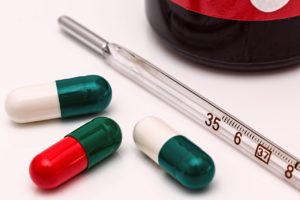Meningitis [Show Notes]

Basics
Meningitis = inflammation of meninges
Generalized symptoms: fever, headache, stiff neck, light sensitivity, confusion, lethargy,
4 types of infectious meningitis
- Bacterial – we have a vaccine for that! 3-7 days; spreads in close communities (like college dorms). Spreads through prolonged contact. Confirmed through spinal tap and cerebrospinal fluid culture
- Viral – most common type; can be caused by lots of viruses: enterovirus, mumps, measles, flu, west nile. 7-10 days. This is why I believe in vaccines!
- Fungal – not contagious; most common in patient with suppressed immune systems or secondary from surgery.
- Parasitic – Rare yet fatal. Amoeba enters through nose from warm contaminated fresh water sources or pool, even hot springs (warm up to 115* F). Only 31 cases in the 10 years between 2002 and 2012. Destroys brain tissue ~ 5 days.
Non-infectious causes: Surgery, injury, lupus, cancer
The most important thing is that all of this be monitored by a doctor – ALWAYS!!
2 quick tests for meningitis
Connect with me
Support us on Patreon
*NEW* Join the Pharmacist Answers Podcast Community on Facebook
Subscribe: iTunes, Stitcher, GooglePlay, TuneIn Radio
Music Credits: “Radio Martini” Kevin MacLeod (incompetech.com) Licensed under Creative Commons: By Attribution 3.0 http://creativecommons.org/licenses/by/3.0/

